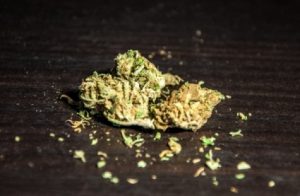More States Approve Medical Marijuana, DEA Still Refuses to Acknowledge Benefits
As it stands now following the most recent election, more than half the states in the U.S. – 28 – now have legalized marijuana use for those with certain medical conditions. 
Still, this has yet to change the hard line stance of the U.S. Drug Enforcement Administration (DEA), where officials insist the classification of marijuana as a Schedule I narcotic is not going to budge. As a Schedule I drug, as defined in the Controlled Substances Act of 1970, that means marijuana has not only a high risk of abuse, but also no accepted medical use. Other drugs in that same category include LSD, heroin and ecstasy. Consider that methamphetamine, which is known to be highly addictive and rapidly destructive to the lives of individuals and communities, is a classified as a lesser Schedule II narcotic, meaning there is a high risk of abuse that could lead to dependence, though there may be some accepted medical uses, though they are still tightly restricted.
The DEA has reasoned that only the U.S. Food & Drug Administration (FDA) has the authority to make the determination of whether a drug has an accepted use as medicine. So far, that has not happened. That’s why even in states that allow medical marijuana, doctors don’t “write prescriptions” for marijuana. Technically, they can only recommend that it be filled at a local dispensary. Continue reading
 Cannabis Law Group's Medical Marijuana Legal Blog
Cannabis Law Group's Medical Marijuana Legal Blog




